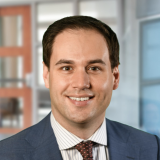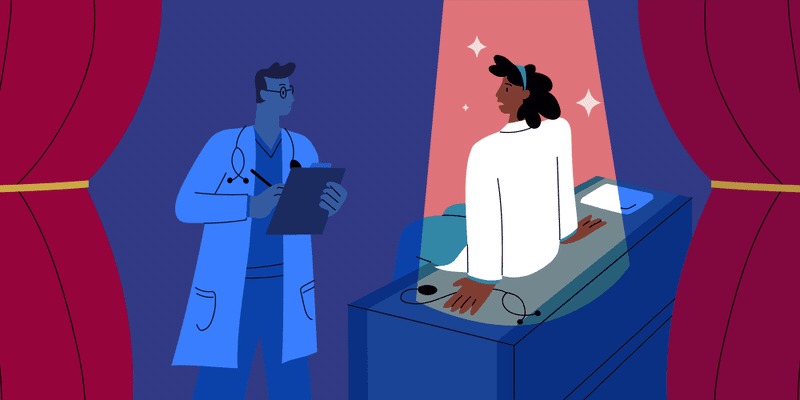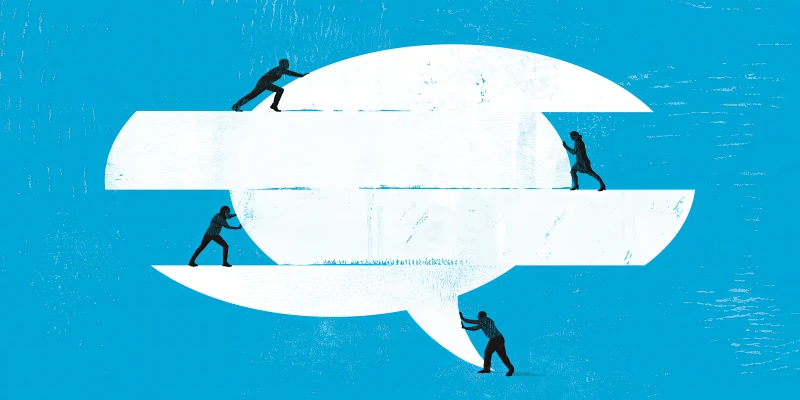Some of the biggest and most significant of the changes coming into effect as a result of the One Big Beautiful Bill (OBBB) have to do with federal student loans. Whether you like the OBBB or not, these student loan changes will have a sizable impact on current and future doctors. And because of that, we will feel the impact all throughout medicine and in society in general.
So, let’s do a deep dive into these changes, what they mean for you, and what they could mean for medicine.
3 biggest changes to student loans in the OBBB (in order of importance):
1) Caps on federal student loan borrowing for professional school
The OBBB decrees that the total student loan amount for graduate and/or professional school will be limited to $50,000 annually. And, taken together, you cannot borrow more than $200,000 in federal loans across all of your graduate/professional schools. And, even more, there is a lifetime cap of $257,000 in federal loans for all undergraduate and graduate/professional schooling.
What this means in the real world is that an average medical student without financial means cannot use federal loans to fully pay for their four years of mandatory medical education. Why? Well, because the class of 2025 paid an average of $228,959 to attend the average U.S. medical school!
So, what the OBBB is saying is that, if you want to become a doctor, you need to either a) have money from family or somewhere else or b) go into debt using additional private loans with worse terms and no opportunity for service-based forgiveness.
What's worse? As of July 1, 2026, the OBBB eliminates Graduate PLUS loans. That means that there are fewer loan options and that the existing options are overall more restrictive and have worse terms.
2) Repayment plan alterations
By July 2028, most of the repayment plans we have been used to will be phased out. These include the PAYE, SAVE, and ICR plans.
The Income Based Repayment plan will remain, however, with expanded eligibility — as the previous partial financial hardship requirement is no longer present.
In their place, there will be a new default repayment plan — the Repayment Assistance Plan. The basic features of this plan include:
- A progressive income formula to determine payment amount
- A full interest subsidy meaning that the government pays the interest on the loans while you are in school (at least 50% of the time) and likely for a short grace period after you graduate
- Forgiveness after 30 years of payments
The end result of all of this is higher income-based minimum payments and a stretch in traditional (not PSLF) forgiveness.
3) Less flexibility for deferments
Key deferment options for federal loan borrowers will no longer be present as a result of these student loan changes to the OBBB.
Most notably, the unemployment and economic hardship deferments are to be eliminated as of July 1, 2027.
General forbearance will remain in place but its term is reduced from 12 months to nine months.
Overall, this means a lot less flexibility for those in financial trouble.
What do these changes mean for doctors or future doctors? Let’s break it down.
Medical students get hit the hardest by these OBBB student loan changes.
First, caps on borrowing that don't cover the actual average cost of medical school tuition, let alone room and board, means that med students will need to carry more private loans with worse terms. This means more long-term debt.
Second, repayment plan changes means that in the future, minimum payments will be higher.
And third, a reduction in deferment options means that, as a med student, you better be really dang sure you want to become a doctor. Because if you change your mind and change career paths, especially to something less high paying, you will be stuck with these expensive loans without much recourse.
The situation is slightly better for residents — at least they don’t have to worry about the borrowing cap, as they already finished their schooling.
However, they really get the short end of the second point above with changes to repayment plans. In residency, young doctors work absurd hours while making essentially minimum wage. During this time, which usually ranges from 3-7 years, they still have loans to pay off. Repayment plans based on income can help, as often the “payments” were near $0. This is now liable to change, stressing residents during an already financially challenging time.
And, if you can’t afford these new income driven payments, your deferment and forbearance options just got cut down. So it’s a double whammy.
Additionally, you again better be sure that you finish your residency. If you don’t, the loans stay but the income never comes.
As for who gets hit the least hard, it’s attending physicians with federal debt. The biggest change for an attending still paying off their federal debt is that their repayment plan, if income driven, is going to become more expensive. Their monthly payments will, in pretty much all cases, jump a bit. This should not be the end of the world. However, for some doctors in less highly compensated specialties or who are coming back from behind financially, it will have a significant impact. The solution here? Build a budget and control spending.
Attending doctors really should never have to engage with the deferment system, so these changes become pretty much moot.
For attending physicians without federal debt, absolutely nothing changes with the OBBB. All the more incentive to get out of debt as quickly as possible. Remember, the loan companies want you to die with your debt … don’t let them win!
What do these changes mean for medicine?
I believe this will have an outsized impact on medicine. The two groups that will feel the most impact from these changes are medical students and residents. Becoming a doctor always was a challenge, financially and otherwise. Financially, the downside was taking on massive debt and delaying income stability for over a decade in most cases. There was a balance of risk and reward there. And just like any investment, when the return covers the risk, it makes it a good investment. This was the case for many doctors, like myself as you can see from this analysis of the return on my medical education.
But now? The balance is off kilter. For many potential future doctors, the scales tipped. The risk now outweighs the benefit. Even the most altruistic will look at the high cost of education, the decreasing compensation, and the increased risk of litigation in the field of medicine and choose an alternative path. This will only serve to worsen the already growing shortage of physicians in the U.S.
And the root problem is not being addressed!
The cost of medical school education is rising at a pace much greater than inflation. Why? Who knows! Most medical schools are getting rid of in-person classes and even anatomy labs. Costs should be lower than ever. But instead they are rising.
Managing federal debt from medical school borrowers through a cap instead of managing the actual costs is like shooting someone to cure their infection. It makes no sense.
What should you do in response?
If you are a medical student, consider a state school or a less expensive medical school if you have the choice, minimize loans, and judiciously use private loans to supplement where needed.
If you are a resident, continue to make income-based minimum payments at all costs to accrue payments toward forgiveness.
And if you are an attending, pay off your debt and/or get to forgiveness ASAP.
The ultimate response for any physician at any career stage? Make sure you firmly place yourself on the path to FIRE. Changes, regulatory or otherwise, are always around the corner in medicine. FIRE is the ace in the hole for any doctor.
How will the OBBB student loan changes affect you personally? Share in the comments.
Jordan Frey, MD is a plastic surgeon in Buffalo, NY at Erie County Medical Center and the University of Buffalo. His clinical focus is on breast reconstruction and complex microsurgery. He is also the founder of The Prudent Plastic Surgeon, one of the fastest growing finance blogs. There, he shares his journey to financial well-being with a goal of helping all physicians reach financial freedom, practicing on their own terms.
Illustration by Diana Connolly







